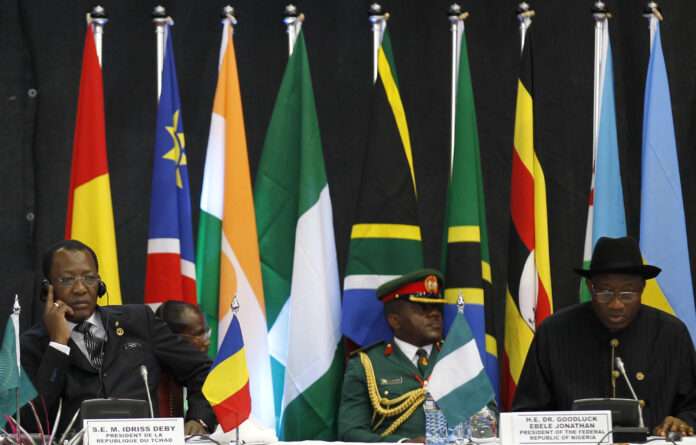Africa is now projected to become the fastest growing region globally, outpacing Asia, according to a new report by Mo Ibrahim Foundation.
It is reported that six out of the ten fastest growing economies in 2023 are African countries.
With a ready market of more than 1.4 billion people, the African Continental Free Trade Area (AfCFTA) surpasses the European Union (EU) single market, US-Mexico-Canada Agreement (USMCA) and Southern Common Market (MERCOSUR) combined.
The report, which is based on the United Nations Department of Economic and Social Affairs (UNDESA), highlights that Africa is the world’s youngest continent and projected to be the only region whose population will grow significantly from 2060.
The population in Africa is already twice that of Europe, with over 2.2 billion people.
“Between 2023 and 2100, Africa’s share of the world population will grow from 18 per cent to 38 per cent. Africa’s median age is by far the youngest in the world at 18.8 years, representing almost half of the world’s youth by 2100,” read part of the report.
It attributes that there is no green global economy without Africa’s natural resources, which accounts for 30 percent of the world’s mineral reserves, many of which are critical to renewable and low-carbon technologies.
The Congo Basin is listed as the world’s first carbon sink, absorbing more carbon than the Amazon.
It absorbs 4 percent of global carbon emissions annually, offsetting more than the whole continent’s emissions.
Based on Atlas of Economic Complexity, United States Geological Survey & World Nuclear Association, Zambia is the world’s primary exporter of unrefined copper, Guinea having the world’s largest bauxite reserves while South Africa contributed 90 per cent of the world’s platinum group metal reserves.
Read More: Technology The Major Contribution To Africa Becoming The Fastest Growing Region, Outpacing AsiaWith the continent hosting 65 percent of the world’s remaining uncultivated arable land, primary commodities including agricultural products accounted for more than three quarters of Africa’s exports, a far higher share than in any other region.
While Africa’s trading shifted mainly towards the Middle East and Asia, the raw materials export model remained the same.
Since 2000, the EU’s share of Africa’s export market has dropped by a quarter, while China’s share has increased 5-fold.
Asia now represents almost 42 percent of Africa’s exports and over 45 percent of its imports, above Europe in both cases.
The future looks bright for Africa, however the current global financial system does not meet Africa’s needs. More than a third or 40.4 percent of Africa’s public external debt is owed to the private sector with multilateral lenders (38 percent) such as the World Bank (16.4 percent), International Monetary Fund (8.2 percent) and the African Development Bank (6.1 percent) being owed the next most.
According to the report, over 70 percent of Africa’s public external debt is US dollar-denominated. In the nine countries listed by the IMF as being in debt distress in 2023, eight are African.





